In search of Virtual Reality
From stereoscopic visors to Carne y Arena
Media art:
The birth of Virtual Reality
Carlo Montanaro, 2015
So let’s start here, from 1838.
In that year, Charles Wheatstone presented the “Stereoscope“, an instrument capable of optically fusing two drawings slightly different from each other, made by taking into account the interpupillary distance (about 6 cm), to the Royal Society in London.
He soon switched from drawings to photography, but his invention was still not very successful due to its size and technical complexity.
It was around the 1850s that, starting with David Brewster’s invention, much simpler and more manageable models of stereoscopes began to multiply. The affordability of such instruments defined their great success – so much so that many of us have owned at least one modern, plastic version (the view-master) of these little optical toys.
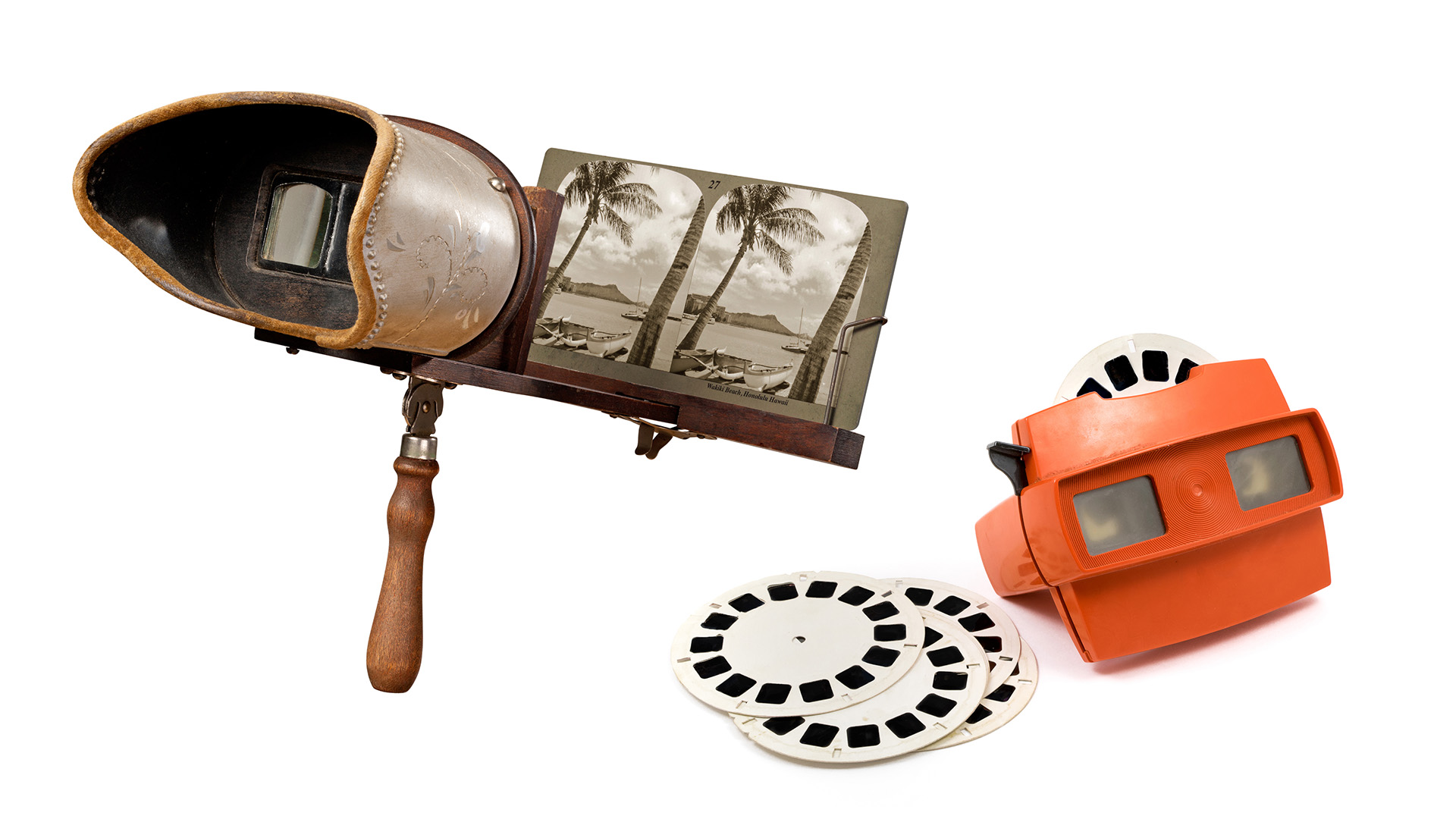
The virtuality introduced by stereoscopes certainly must have inspired Stanley G. Weinbaum, a writer who conceived several innovations in the field of science fiction.
It was 1935 when Weinbaum wrote a short story entitled Pygmalion’s Spectacles, in which he described what is now a de facto virtual reality experience.
Reading it in the present day is surprising.
The protagonist wonders throughout the story whether what he is experiencing is real or is an illusion. The device he wears involves not only vision, but also movement, smell, taste and, to a certain extent, touch. Professor Ludwig, the scientist inventor of this sensory visor, explains that:
and, a bit further on, when he is asked how he stimulates the sense of touch, he responds:
Let’s think about cinema, or theater, how successful are they in deluding our senses, and our sense of presence? To paraphrase Professor Ludwig, if the story captures you, your mind brings you into the reality depicted within it.
The first time the term “virtual reality” makes its appearance is in reference to theatrical illusion. The French playwright Antonin Artaud coined the term in 1938. If at first glance the expression “virtual reality” appears to be an oxymoron, on closer reflection it turns out that it is not at all. The opposite of virtual is not real, but actual (understood as concrete, definite). Virtual reality therefore is not defined as something unreal; it is not opposed to reality, but is part of it.
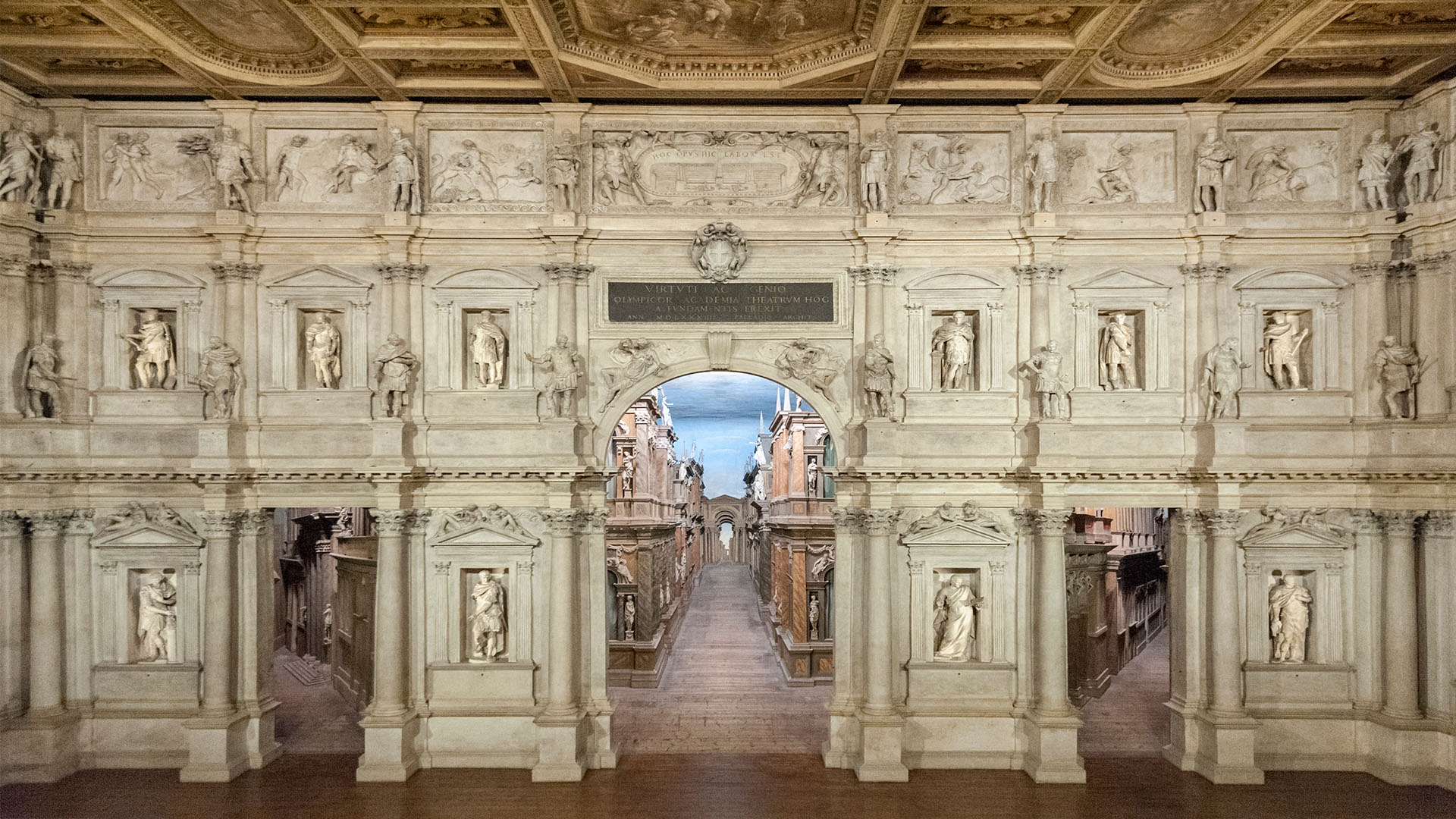
The technological innovation
The first technology that tends to approach the device envisioned by Weinbaum (perhaps the one that comes closest so far) is the sensorama.
Invented by Morton Heilig in 1957, the sensorama is a large machine that allows the viewing of stereoscopic moving images; the perception of sounds and music in surround sound; tactile sensations such as vibrations, wind, movement, and, even the perception of scents.
Unfortunately, the high production costs and the one-time enjoyment of the experience did not make the machinery attractive to buyers, so Heiling was forced to abandon the project.
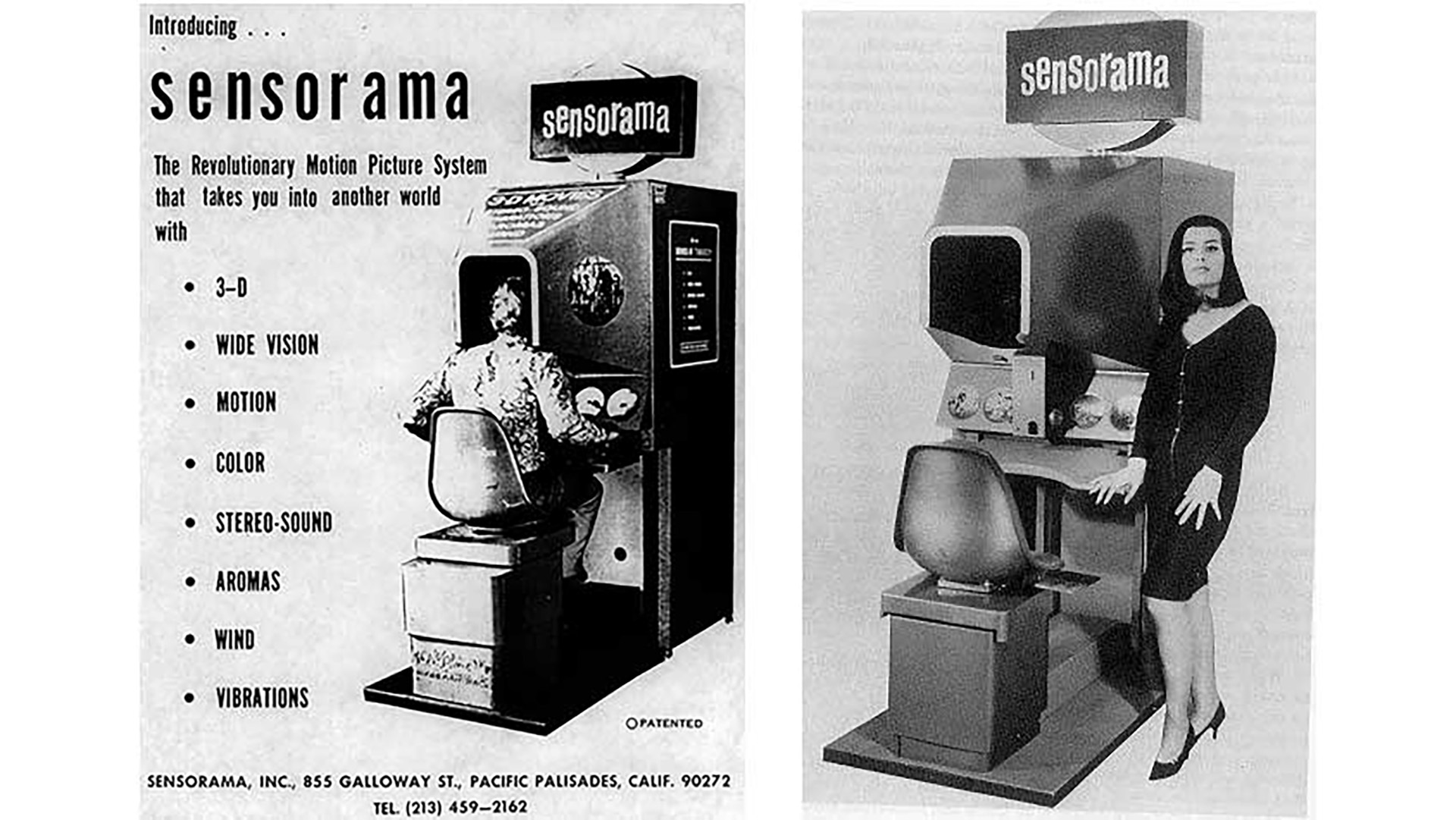
In 1969 Ivan Sutherland invented what can be called the first VR visor.
The visor consisted of two cathode ray tubes that projected 3D wireframe environments and simple moving geometric elements. Although it was a visor, the weight was considerable and it had to be attached with a bracket to the ceiling, from this feature it took the name Sword of Damocles.
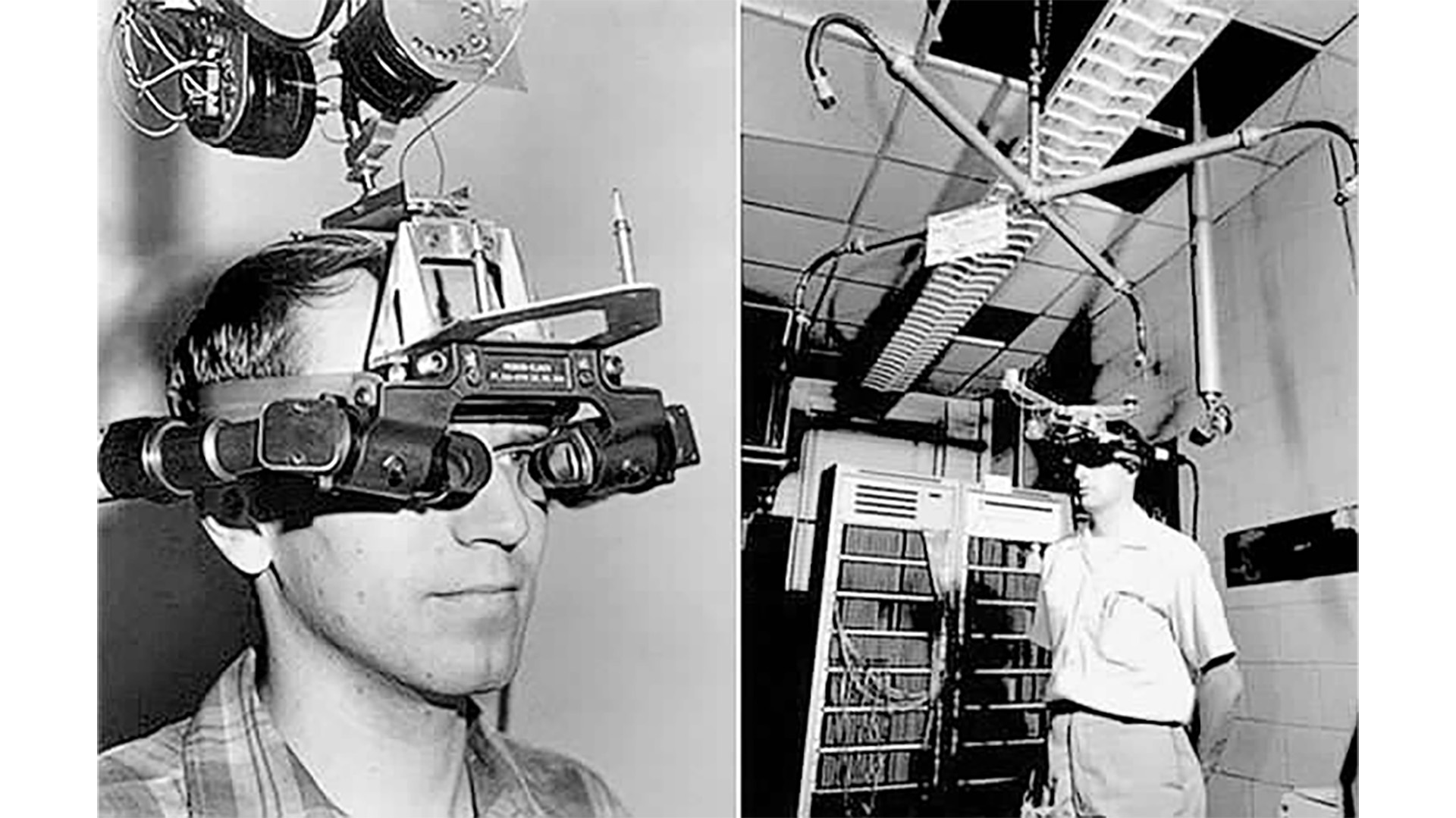
At least 20 years had to pass before other satisfactory advances began to be made. In the 1990s NASA began to fund studies related to Virtual Reality technologies, eventually developing its own visor: the Virtual Interface Environment Workstation (VIEW). Used primarily for pilot training, this viewer allowed both real and virtual environments to be displayed, making it both an AR and VR viewer.
NASA’s VIEW also allowed interaction with virtual objects through DataGloves, gloves sprinkled with optical and magnetic sensors capable of measuring finger flexion and hand movement in space, and the DataSuit, a full garment capable of transmitting the user’s body movements to the computer.
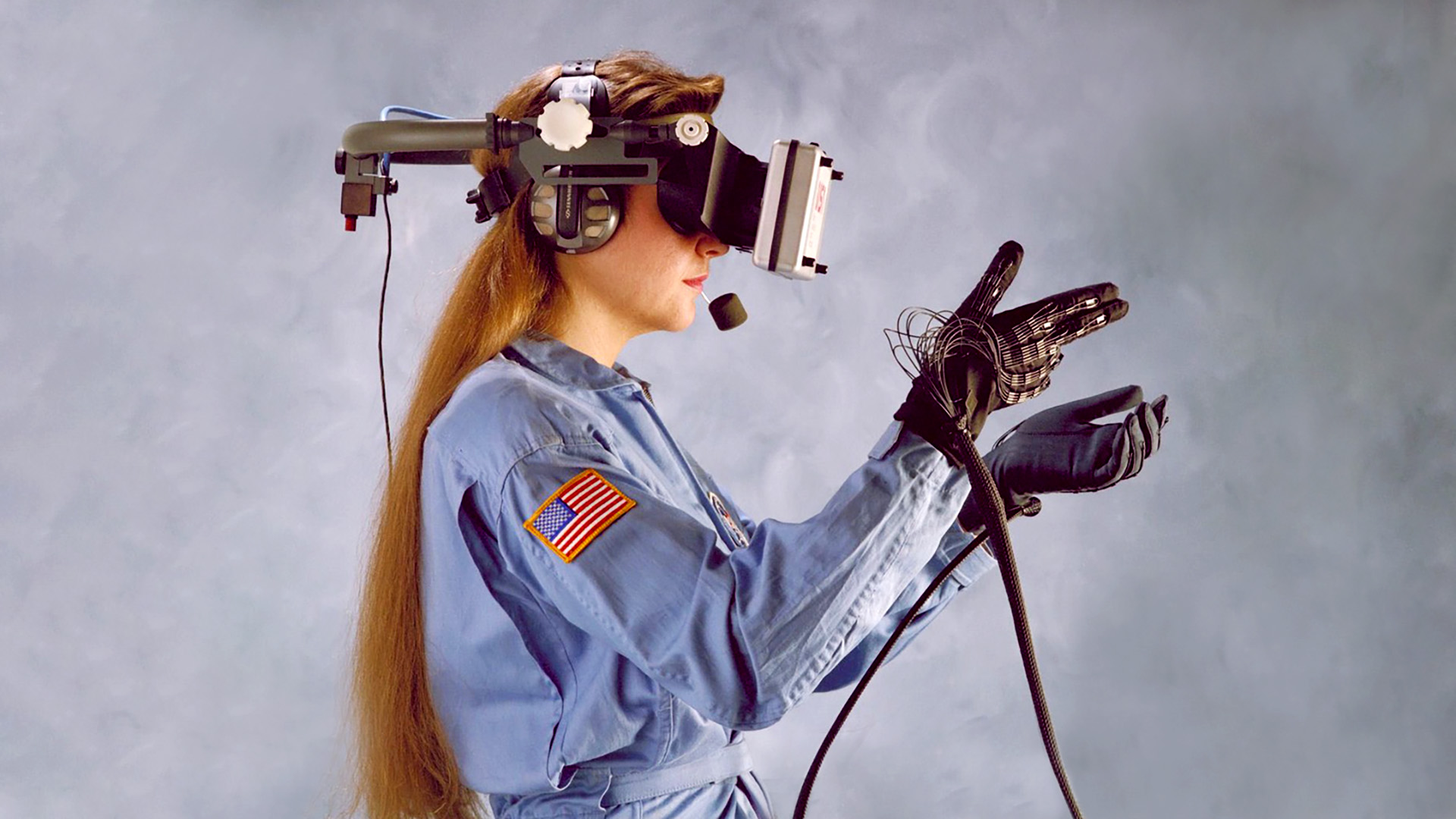
During the 1990s, experiments on VR visors multiplied, particularly in the field of gaming, but the technology struggled to take off and research died down again.
In 2013, also thanks to a very successful campaign on Kickstarter, Oculus Rift is developed. Sony, Google, and HTC committed to keep up and develop their own visors. Since then, the models have been updated several times.
The time for VR seems to have finally arrived.
DataGlove and DataSuit have also had their following. The latest innovation is Teslasuit: a haptic suit that enables motion detection and some biometric data, but also the transmission of haptic feedback to the wearer’s body.
Experiments are also ongoing in the areas of taste and smell.
Who knows if, 100 years later, Weinbaum’s vision is becoming a reality!
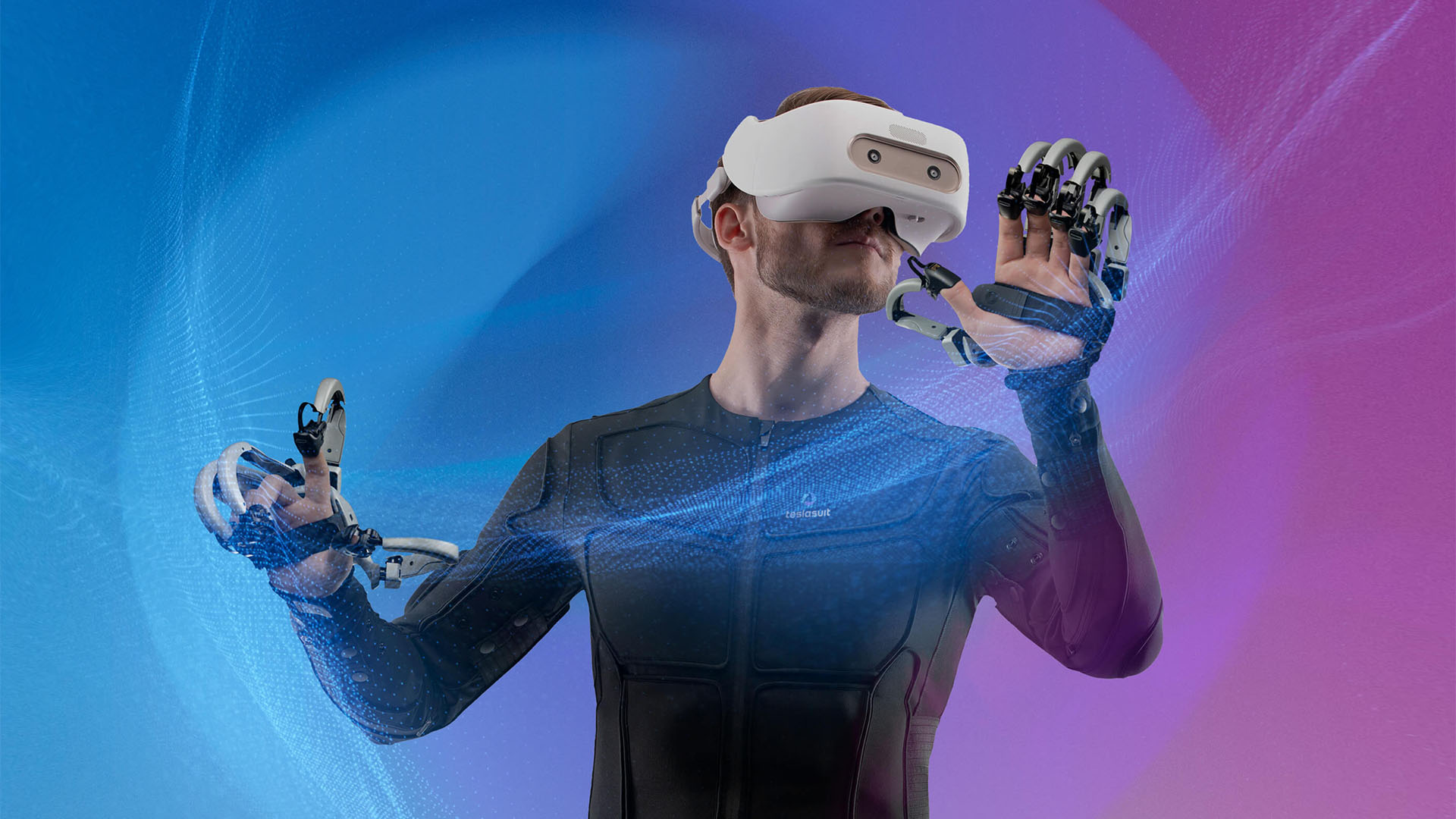
The experience
In the context of VR, the strongest example of immersiveness and emotional involvement is Carne y Arena by Iñarritu and Lubezki.
The Oscar-winning VR short is supported by a pathway and physical elements of great sensory, symbolic, and emotional impact.
Before even entering the pathway, the participant is confronted with a piece of the actual U.S.-Mexico border fence. Once inside, coats and electronic objects are removed, at which point they enter the first room.
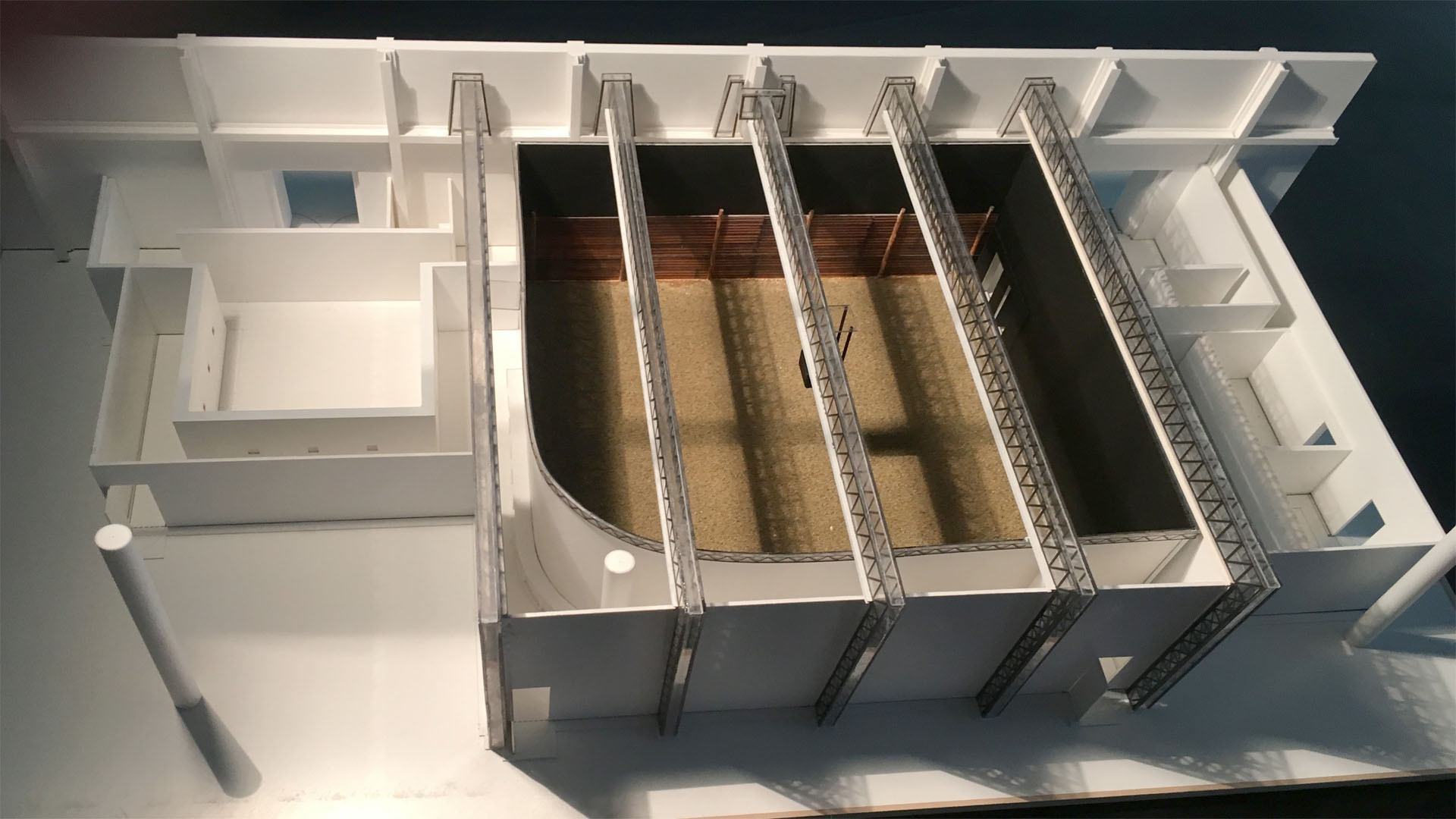
Here there is only a cold steel bench and a pile of shoes. A voice instructs you to remove your shoes and wait for the siren to sound. Waiting barefoot inside this barren, cold room, with your shoes becoming part of that pile of worn-out shoes lying there, abandoned, already activates a certain emotional response.
The siren sounds, the door opens, and you enter a very large, dark space lit only by a strip of warm light. The ground is covered with sand; your feet feel it.
An attendant has you put on the visor and gives you three simple instructions: don’t touch the visor, if you feel yourself touching something it means you’ve reached the edge of the area and need to change direction, but most importantly… don’t run.
The experience begins. You find yourself in the middle of a desert, a group of migrants appear, you join their path. You try to interact with them they do not respond, you are a ghost. Suddenly in the sky you hear and see a helicopter flying low overhead, on the ground a large SUV comes over, from which come out armed military men pointing their guns at the group of migrants – and, along with them, at you. They shout at you, louder and louder. Your companions kneel in terror, you see the fear in their bodies, so close to yours.
The emotional charge at this point is so high that you too kneel, frightened.
In 6’30’’ Iñarritu made you feel what it’s like to be on the wrong side of the border:
Outside the VR room, along a black corridor, photographic portraits of your fellow travelers are displayed, accompanied by a brief description of their stories.
The technical and directorial work behind this installation is monstrous, but its real strength lies in the construction of the narrative, in the storytelling of the spectator-actor experience, in the union of real and virtual. The technical grandeur does not resolve itself into a prissy exercise in style but is a well-calibrated tool for conveying the narrative.
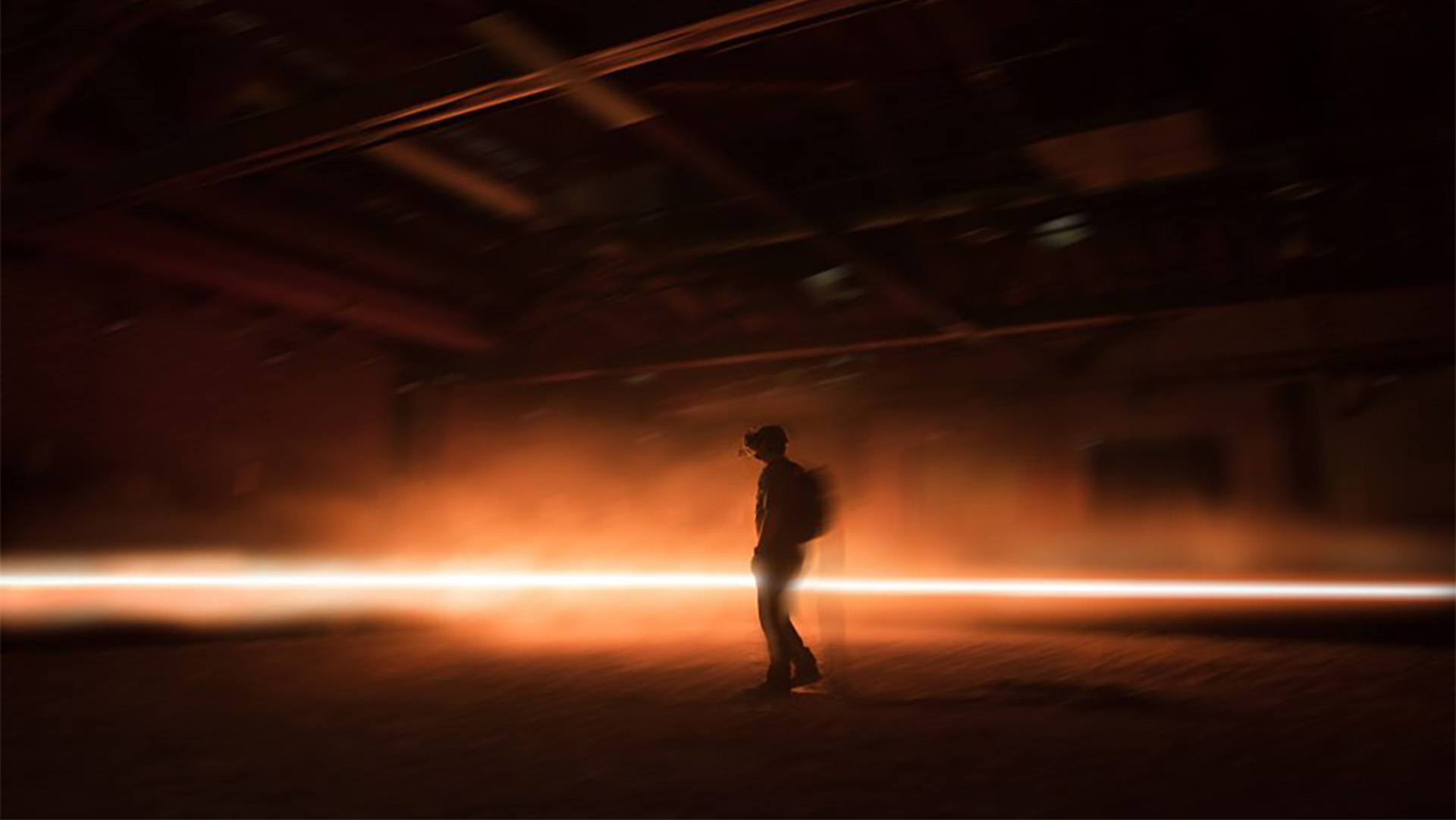
Giulia Lazzaretto
Creative Designer at DrawLight_MeYoung
Bibliography
Carlo Montanaro, Visori stereoscopici, in calendario 2016 – supplemento ai numeri 5-6 di “All’Archimede”, Associazione Culturale Archivio Carlo Montanaro, 2015
Stanley G. Weinbaum, Pygmalion’s Spectacles, 1935
https://www.classicly.com/bibi/pre.html?book=1407.epub
Pierrick LABBE, L’origine peu connue et particulièrement surprenante du terme réalité virtuelle, Febbraio 2018
https://www.realite-virtuelle.com/terme-realite-virtuelle-origine-oxymore/
Lorenzo Vizzari, Il sensorama: la nascita della realtà virtuale, Aprile 2022, VR-Italia
https://www.vr-italia.org/il-sensorama-realta-virtuale/
Autore sconosciuto, The Virtual Interface Environment Workstation (VIEW), 1990, NASA
https://www.nasa.gov/ames/spinoff/new_continent_of_ideas/
Telasuit website
https://teslasuit.io/
Carne Y Arena website
https://phi.ca/en/carne-y-arena/
Benjamin B, Carne y Arena part 1 – VR by Alejandro G. Iñárritu with Emmanuel Lubezki, ASC, AMC, 2017, American Cinematographer
https://ascmag.com/blog/the-film-book/carne-y-arena-vr-masterpiece-innaritu-lubezki

